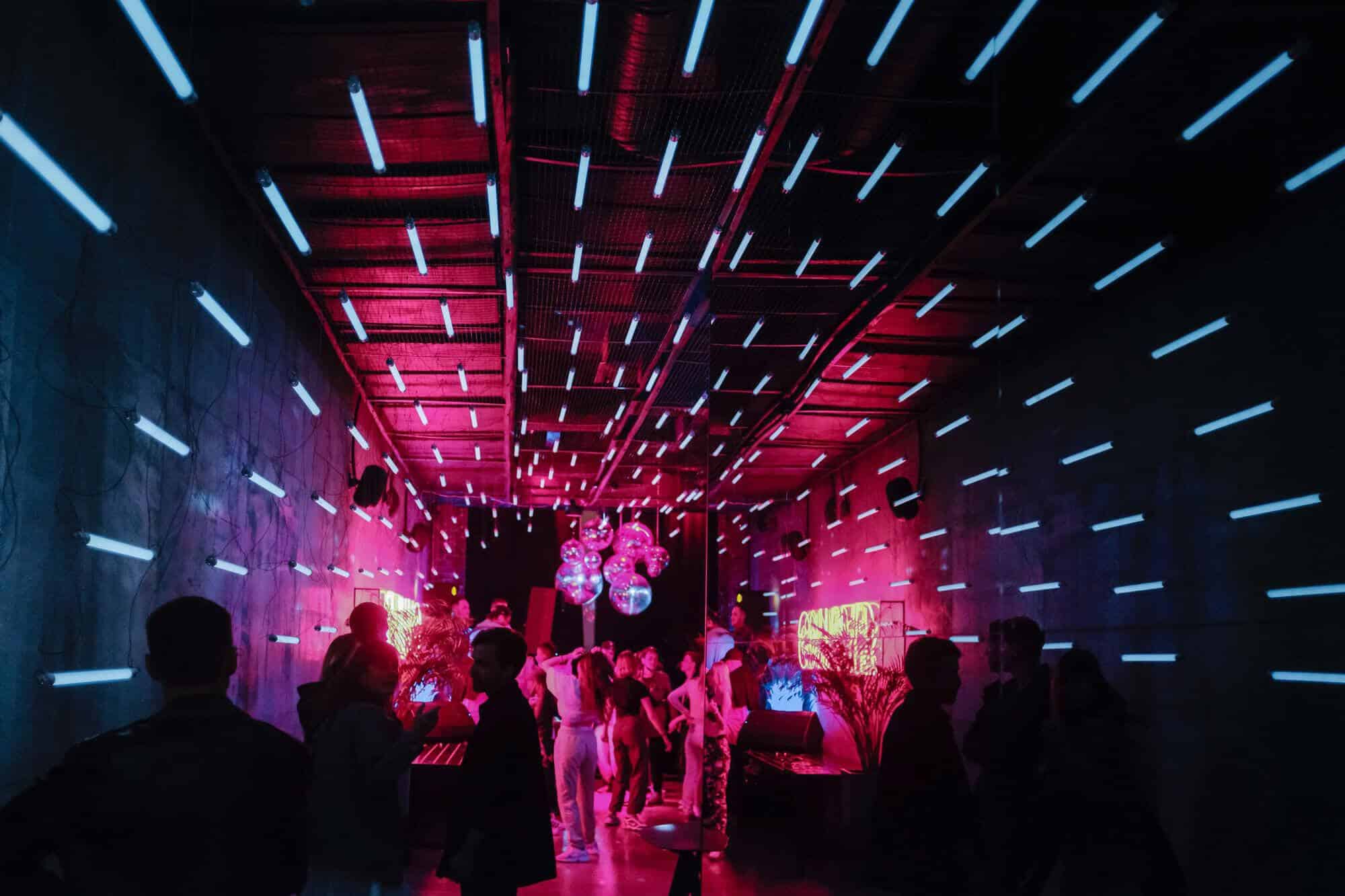The Global Decline of Late-Night Events: What’s Changing?
Explore the global decline of late-night events and the rise of daytime parties. Learn how consumer habits and economic factors are reshaping nightlife culture.

Across the world, nightlife is undergoing a significant transformation. Once renowned for its vibrant after-hours scene, Berlin, often considered Europe’s nightlife capital, is witnessing a shift. The iconic Watergate nightclub recently announced its permanent closure, symbolizing a broader trend from Barcelona to Melbourne, and from New York to Istanbul.
While dance music remains immensely popular, the traditional culture of late-night events is being replaced by earlier programs and daytime parties. This evolution reflects changing consumer preferences, economic pressures, and stricter regulations.
Why Are Late-Night Events Declining?
- Economic Pressures and Operational Costs: One of the main factors driving this trend is the increasing cost of running nightlife venues. Club owners report that alcohol sales drop significantly after certain hours, making extended operating times financially unsustainable. Rising overhead expenses, including energy costs and wages, have forced many venues to reconsider their business models.
- Stricter Licensing Regulations: Post-pandemic, many cities introduced tighter licensing and inspection regulations. These measures have increased the financial burden on club owners, making it harder to maintain traditional late-night schedules. The heightened scrutiny has added layers of complexity to nightlife operations, pushing some venues to either close or pivot to alternative formats.
- The Rise of Daytime and Early Evening Events: Daytime events, often held between 5 P.M. and 10 P.M., are gaining traction. These events cater to a wide range of demographics, including older patrons and health-conscious younger generations. This shift aligns with a growing demand for activities that prioritize wellness and balance.
- Appealing to Broader Audiences: Daytime parties are not just attracting older crowds but also younger attendees seeking new experiences. These events offer an alternative to all-night clubbing, aligning with the lifestyles of a generation that values health, fitness, and daytime socializing.
- Festival Culture and Its Influence: The popularity of music festivals has also played a role in this shift. Festivals, which often feature day-long lineups, have normalized the concept of partying outside traditional club hours. As a result, the focus has shifted from exclusive late-night events to inclusive, varied schedules.
Istanbul’s Nightlife: a Parallel Transformation
Istanbul is no exception to this global trend. The city’s iconic nightlife districts, such as Taksim and Beyoglu, have faced significant challenges. Economic downturns, coupled with shifting consumer behaviors, have forced many venues to reduce hours or close altogether.
- Economic and Cultural Factors: The rising cost of living, along with inflation and reduced consumer spending, has put pressure on Istanbul’s nightlife economy. Many clubs have opted to shorten their hours to reduce costs. Others have pivoted to new formats, such as daytime events and hybrid spaces that cater to different audiences.
- Adapting to Modern Trends: Istanbul’s nightlife now embraces a more diverse and flexible approach. Traditional clubbing, centered around late-night drinking and dancing, is giving way to events that combine music, culture, and social interaction at various times of the day.
What Lies Ahead For Nightlife?
The evolution of nightlife reflects broader societal changes. As consumers demand experiences that fit healthier lifestyles and stricter economic realities, the industry will continue to adapt. Venues are exploring creative ways to stay relevant, from hosting multi-functional events to embracing technology and sustainability.
This transition marks a new chapter for nightlife globally. Whether it’s through the rise of daytime festivals or the reimagining of club culture, the future will likely be defined by innovation and inclusivity.
The Future of Nightlife
Nightlife is not disappearing; it’s transforming. While the era of all-night parties may be fading, new trends are emerging that cater to a wider range of preferences and priorities. This shift promises a dynamic and inclusive future, where nightlife continues to thrive — just on a different schedule.




